Clifton Hill - architects
the first fifty years
Thomas Harris (1829/30 – ?)
was born in London, where by 1851 he was established in an independent architectural practice.
In 1861, unmarried and living at no.1 Clifton Road East [later no.53] Harris employed both a housekeeper and housemaid . [He later moved to Carlton Hill, and features in the 1871, 1881 and 1891 censuses there.]
St Marylebone Church
He was churchwarden of St Marylebone parish church and, in 1882, was asked to remodel the church. This involved removing the end wall and upper galleries to let in more light and providing a chancel for a robed choir. New mahogany choir stalls, a marble mosaic floor, a marble pulpit and a gilded cross in the ceiling were also installed. It was all funded by subscription, and built and completed within two years.
Other architectural work –
Harris’ other work include Bedstone Court, Shropshire, built for Henry Ripley of Bradford. It was a calendarhouse, examples of which are rare, with 365 windows, 52 rooms, 12 chimneys and 7 doors. Another house, built in 1889, Stokesay Court, also in Shropshire, has recently become known as the setting for the film Atonement, but was famous even earlier as the first house with electric lighting.
Inventor of the term ‘Victorian architecture’
A big man with a bushy beard, Harris wrote Examples of Architecture of the Victorian Age, in1862, and Three Periods in English Architecture, in 1894. He is credited with being the originator of the term ‘Victorian architecture’.
Eley Emlyn White (1853 – 1900)
also occupied no. 53, in 1891. He was born in Hampstead, and married Mary, who had been born at sea, off Malta, in 1860. They employed a cook and a housemaid.
Architectural work
He was the partner of J. T. Christopher, in London, and worked briefly in W. Burges’s office. The firm, Christopher & White, was responsible for new work at St Matthew, Grandpont, Oxford, St John at Watford and repairs to St Anne, at Siston, Gloucestershire.
It was Canon Alfred William Millard Christopher (1820 – 1913), who raised funds for the building of a large church on Marlborough Road, one of the principal roads in Grandpont which followed the line of a former spur track from the nearby Great Western Railway. A fine church dedicated to St Matthew was built and consecrated by Bishop William Stubbs on 21st June l890. Canon Christopher was criticized for spending too much money on the church when a simpler structure might have sufficed, but the stonework and roof structure are admirable and the violet and pink glass used in the windows on all but the north side gives a pleasant dappled light in sunshine.
A tragic end
All this sounds eminently respectable but White’s private life was turbulent, and led to tragedy. Eley and Mary decided to live apart, with Eley living at Cedar Mansions, in Kensington.
He met a 21 year old Empire Theatre actress, Marie Gibson, who visited his flat as ‘his niece’ which Mrs Shea, the housekeeper, never believed. One night, the hall porter rushed into Mrs Shea’s room saying “who is this young lady in the hall? Mr White has shot her, and shot himself”. Mrs Shea found Miss Gibson lying across the front door, unconscious and shot in the face. Eley had shot himself through the brain, and was dead. Miss Gibson recovered, although she lost the sight of one eye, and gave evidence that White had wanted her to live with him, but that she had declined “as he is a married man I did not think it right and proper. He has a wife living – he threatened to shoot me once before.”
Eley left a letter to his wife saying “I do not intend continuing a life I dislike as I am not happy. I am very sorry that I have acted so badly to you, for you were a good little wife”.
William Warlow Gwyther (1829/30 –1903)
must be a candidate for the longest lasting resident of Clifton Hill.
Born in Wales, he was articled to John Barnett of Verulam Buildings, Grays Inn, and, in 1855, set up an independent practice as an architect and surveyor. He had moved into 45 Clifton Hill East (which became 9 Clifton Hill, and has since been replaced by a post second world war house) before the 1861 census, where he features with his wife, Grace, and one servant.
He was still living there in 1871, and by 1881 had been joined by Grace’s nephew, James Lewin, just after Gwyther had become F.R.I.B.A.
By 1891, he was a widower with two nieces, Jessie and Helena, from Ireland living with him, plus a cook and maid, while in 1901 Jessie is still there with two servants.
Architectural work –
He had some successful pupils, including Edmund Milner Allen, who designed the Glasgow Art Gallery and Manchester Royal Infirmary, William Fraser, who won the commission for the Memorial to Robert Burns and William Sydney Purchon, lecturer in architecture at Sheffield University.

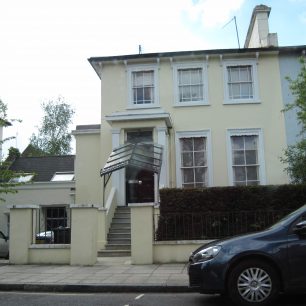
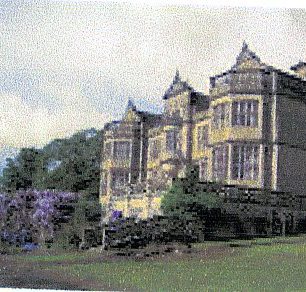
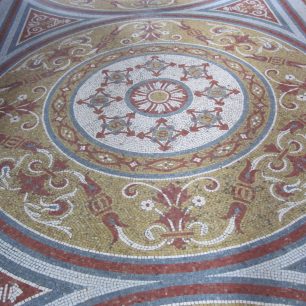
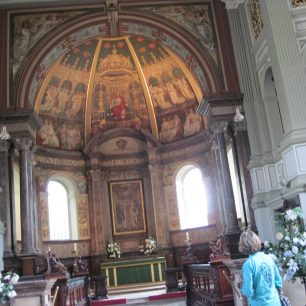
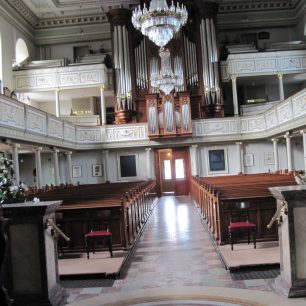
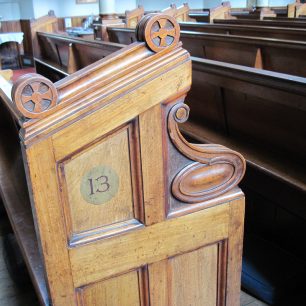
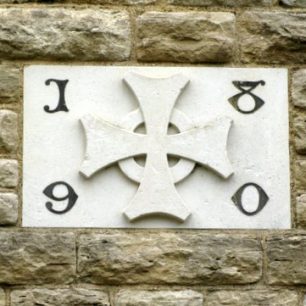
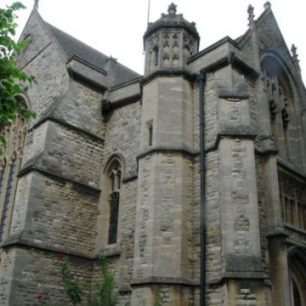
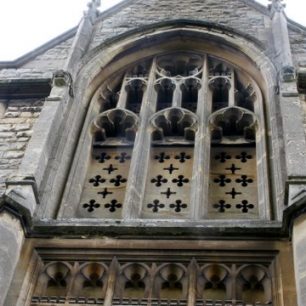
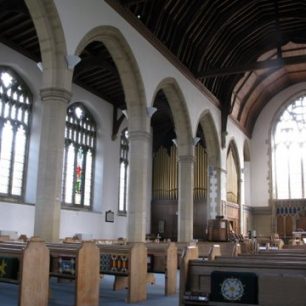
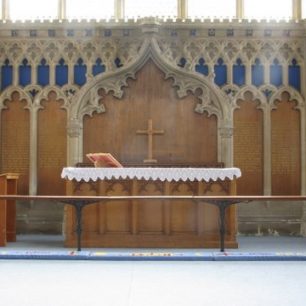
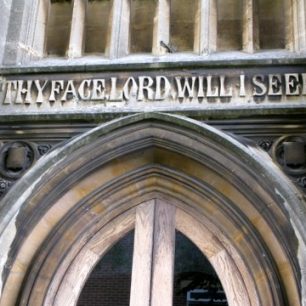
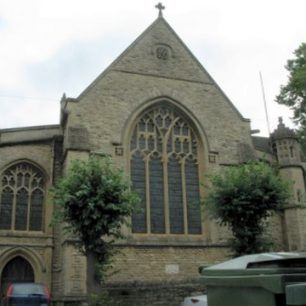



No Comments
Add a comment about this page